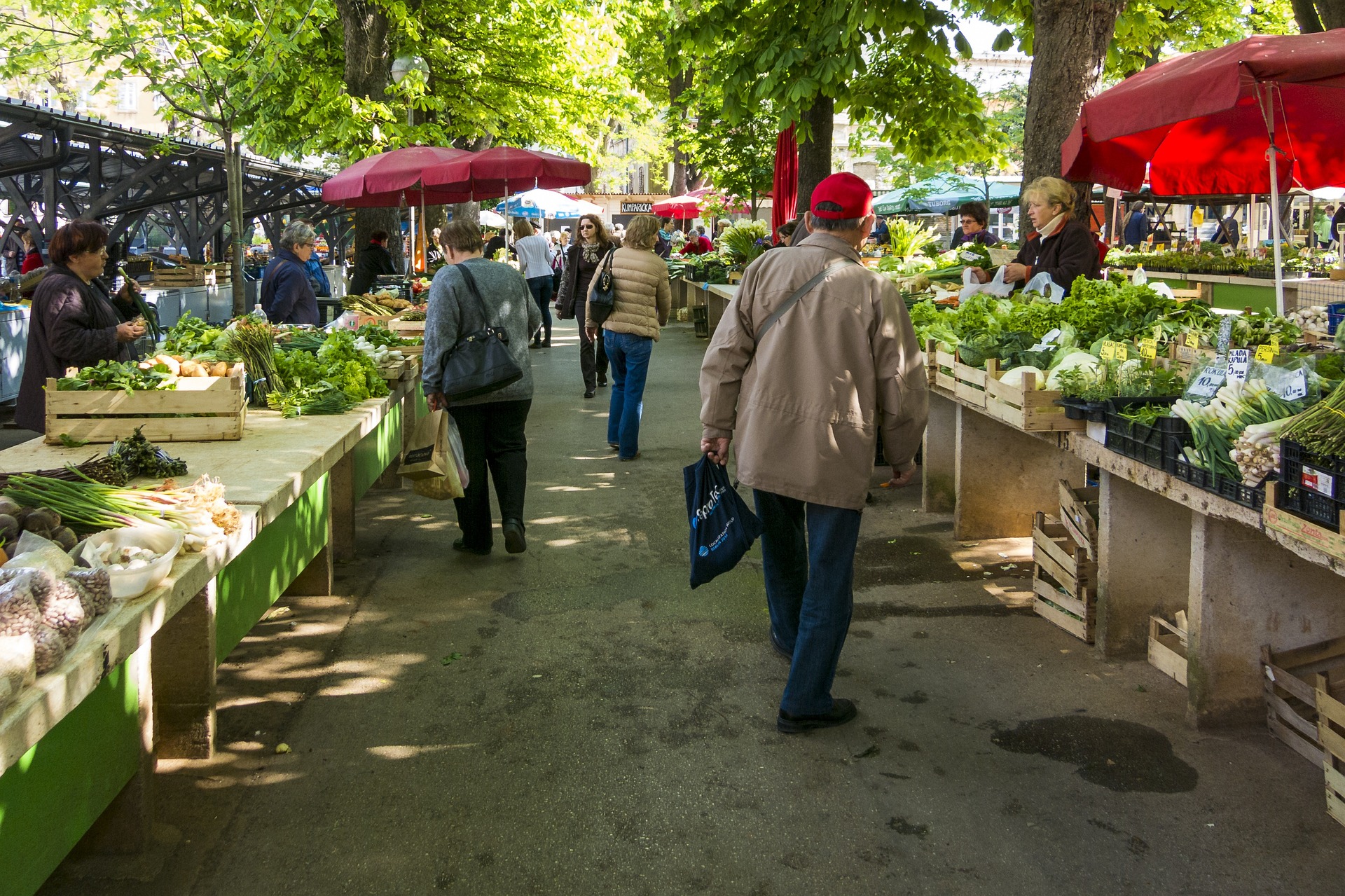Sizzling Secrets: The Art of Flambé Cooking
Ignite your culinary passion with the mesmerizing technique of flambé. This fiery cooking method not only adds a theatrical flair to your dishes but also imparts complex flavors and aromas. Join us as we explore the sizzling world of flambé, from its rich history to modern applications that will set your taste buds ablaze.

Mastering the Flame: Essential Techniques
To successfully flambé a dish, start by heating your pan and ingredients. Add high-proof alcohol, such as brandy or rum, and carefully ignite it using a long-handled lighter or match. Gently shake the pan to distribute the flames evenly, allowing them to subside naturally. The key is to control the fire while ensuring the alcohol burns off, leaving behind a rich, caramelized flavor profile that elevates your dish to new heights.
Spirits of Choice: Selecting the Right Alcohol
The choice of alcohol plays a crucial role in flambé cooking. Brandy, particularly Cognac, is a classic option for meat dishes and desserts. Rum adds a tropical twist to fruit-based recipes, while vodka provides a neutral base for savory preparations. For a unique flavor profile, experiment with liqueurs like Grand Marnier or Kirsch. Always opt for high-proof spirits (at least 80 proof) to ensure a successful ignition and impressive flame.
Beyond Desserts: Savory Flambé Creations
While flambé is often associated with desserts like Bananas Foster or Crêpes Suzette, its applications extend far beyond the sweet realm. Try flambéing steaks with a whiskey sauce for a smoky depth, or ignite a cognac-based sauce for a luxurious finish to your seafood dishes. Vegetables can also benefit from this technique – flambéed mushrooms with sherry make for an elegant side dish or appetizer.
Safety First: Precautions and Best Practices
When working with open flames, safety should always be your top priority. Keep a fire extinguisher nearby, and never pour alcohol directly from the bottle into a hot pan. Instead, measure the spirit into a small container before adding it to the dish. Ensure your cooking area is clear of flammable objects, and tie back long hair and loose clothing. With proper precautions, flambé cooking can be a safe and exhilarating culinary experience.
Flambé Tips & Facts
• Always use a long-handled lighter or matches to ignite the alcohol
• The ideal pan for flambéing is made of copper or stainless steel
• Flambé can reduce the alcohol content of a dish by up to 75%
• The blue color of the flame indicates that the alcohol is burning cleanly
• Flambéing works best with ingredients at room temperature
• The technique can be used to rescue overcooked meats by adding moisture and flavor
As you embark on your flambé journey, remember that practice makes perfect. Start with simple recipes and gradually work your way up to more complex dishes. With time and experience, you’ll master the art of controlling the flame and creating spectacular culinary performances that will dazzle your guests and tantalize your taste buds. So, fire up your kitchen and let the flambé festivities begin!





